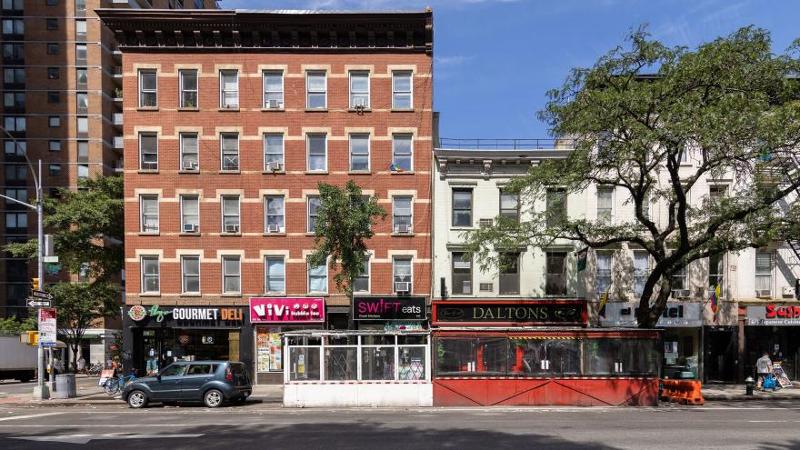A small slice of pavement is sparking a turf war in US cities. Street curbs, often overlooked, are some of the most valuable and busy real estate in urban areas. With a multitude of users and uses competing for curb space, cities are now exploring ways to make curbs more efficient and accessible for everyone. This article delves into the growing trend of removing free parking and charging for spots based on demand, the benefits of demand-based parking, and the implementation of smart loading zones. Join us as we explore the future of curb management and how it is shaping our cities.
The Problem with Free Parking
The impact of free parking on curb management
Free on-street parking has long been a source of chaos and inefficiency in cities. In many urban areas, a significant portion of curb space is allocated to free parking, benefiting only a minority of car owners. This allocation of valuable real estate hinders the ability to accommodate other users and uses.
Historically, cities prioritized car-centric infrastructure, leading to a surge in car ownership and a scarcity of parking spots. This has resulted in drivers circling the streets in search of parking, causing traffic congestion, air pollution, and safety hazards. Additionally, delivery drivers waste valuable time looking for parking, affecting the efficiency of their operations.
By removing or charging for parking spots based on demand, cities can alleviate these issues and make better use of curb space. This shift in approach allows for a more efficient and accessible curb management system that benefits pedestrians, cyclists, and drivers alike.
The Benefits of Demand-Based Parking
How demand-based parking improves curb management
Demand-based parking is a solution gaining traction in cities across the United States. By adjusting parking prices based on demand, cities can better manage curb space and ensure its optimal utilization.
One example is Seattle, which adjusts on-street parking rates depending on location and time of day. By using data on parking occupancy, the city aims to maintain one-to-two free spaces available per block. This approach reduces congestion, allows visitors and shoppers to find parking more easily, and prioritizes competing needs at the curb.
Implementing demand-based parking not only improves efficiency but also generates revenue for cities. By charging market prices for parking, cities can unlock billions of dollars in potential revenue that was previously left on the table.
Smart Loading Zones: Managing Congestion and Deliveries
Utilizing technology to optimize loading zones
As cities strive to manage congestion and accommodate various uses of curb space, the implementation of smart loading zones has emerged as a promising solution. These zones utilize technology and data to optimize the allocation of curb space for loading and unloading goods.
Omaha and other cities have introduced apps that allow drivers to reserve available loading spots and be charged based on demand. This system reduces conflicts between delivery vehicles and other users, streamlines the delivery process, and minimizes congestion.
Cities like Los Angeles, Boston, Minneapolis, and Philadelphia are also testing cargo bike delivery programs. These initiatives support restaurants with an affordable, green, and convenient delivery option while reducing traffic congestion on city streets.
Conclusion
The future of curb management is focused on creating more efficient and accessible streets for all users. By removing or charging for parking based on demand, cities can optimize curb space utilization and reduce congestion. Demand-based parking systems, like the one implemented in Seattle, have already shown promising results in improving efficiency and generating revenue. Additionally, the implementation of smart loading zones and innovative delivery solutions further enhances curb management efforts. With these advancements, cities can transform their curbs into valuable assets that benefit pedestrians, cyclists, drivers, and businesses.
FQA
How does demand-based parking work?
Demand-based parking adjusts parking prices based on demand to optimize curb space utilization. Prices rise when demand is high and drop when it falls, ensuring an optimal balance of available parking spaces.
What are the benefits of smart loading zones?
Smart loading zones utilize technology and data to optimize the allocation of curb space for loading and unloading goods. This reduces conflicts, streamlines the delivery process, and minimizes congestion on city streets.
How can curb management benefit cities?
Efficient curb management improves traffic flow, reduces congestion, enhances safety, and creates a more accessible environment for pedestrians, cyclists, and drivers. It also generates revenue for cities through demand-based parking systems.

